Feeling a bit invisible online with your business? The good news is you’re not alone. Potential customers are searching for your services right now, but how can they find you? With geo-targeted SEO, you can put your local company on the map – literally. By optimizing your website for location-specific keywords and mastering your Google Business Profile, you’ll attract the right customers searching for your services in your area.
Let’s show you how you can increase your foot traffic, boost your search rankings, and turn those local searches into paying customers.
What is geo-targeting?

Ever heard the phrase “location, location, location”? Well, it’s not just for real estate. In the world of digital marketing, where you reach your audience is just as important as what you say.
Defining Geo-Targeting
Geo-targeting is the practice of tweaking our marketing message to specific geographic locations. It’s a way to connect with future customers on their turf, whether they’re on their phones, tablets, or computers.
This can mean targeting an entire country, a specific region, or even a single neighborhood. Think of those search ads that pop up on your phone for a nearby pizza place or a sale at your local grocery store. This is geo-targeting in action.
Beyond ads, geo-targeting can be applied to various marketing initiatives, including social media campaigns, email marketing, and even website content.
For now, though, let’s get hyper-focused on how geo-targeting can be leveraged for search engine optimization to improve your website’s visibility in local search results.
How Geo-Targeting Works
Geo-targeting uses various methods to determine where users are located, including:
- IP Address: Your internet service provider assigns you a unique IP address, which roughly indicates your city or region.
- GPS Data: If you have location services enabled on your smartphone, your GPS can pinpoint your exact location.
- Wi-Fi: Connecting to Wi-Fi networks can also provide clues about your whereabouts.
By understanding these signals, businesses can deliver relevant content and offers to users based on their physical location, improving the overall customer experience and increasing the chances of conversion.
What is SEO Traffic Generation?

Think of SEO traffic generation as inviting people to your store. You don’t just want anyone walking by, you want those who are genuinely interested in what you’re offering.
Mechanisms
SEO attracts visitors through several key methods:
- Keyword Optimization: Think about the words your customers use when searching online. If you run a bakery in Brooklyn, you’d want to use keywords like “best bakery in Brooklyn” or “fresh bread Brooklyn.”
- Content Creation: Create content that answers questions and provides value. For instance, a blog post titled “10 Tips for Baking Perfect Sourdough at Home” can draw in home bakers who might become your customers.
- Technical SEO: Ensure your website is fast and mobile-friendly. A smooth, quick-loading site keeps visitors around longer, which helps improve your rankings.
But Why is SEO so important for your business?
- Increases Visibility: Higher rankings mean more people will find your business. For example, if your site shows up on the first page of Google for “Italian restaurant in San Francisco,” it goes without saying that you’ll see a lot more traffic.
- Builds Trust: Appearing at the top of search results signals that your site is trustworthy and authoritative.
- Free Traffic: Organic traffic doesn’t cost you money like ads do. It’s sustainable and ongoing.
- Boosts Sales: People searching for specific “I need this now!” services, like “emergency plumber near me,” are ready to buy. Attracting these searchers increases your chances of making a sale.
Here are some practical techniques to boost your SEO traffic:
- Keyword Research: Use tools like Google Trends and Ahrefs to find out what people are searching for in your industry. This helps you choose the best keywords to target.
- On-page Optimization: Place your keywords in strategic spots like titles, meta descriptions, headers, and throughout your content. If you own a coffee shop, for example, use keywords like “best coffee shop in San Francisco” in your blog posts and product descriptions.
- Content Strategy: Regularly update your blog with useful, engaging content. Answer common questions in your industry to keep your audience coming back.
- Analytics: Use Google Analytics to track and understand how visitors interact with your site. This information helps you refine your SEO strategies and improve performance.
By implementing these techniques, you can attract more targeted traffic to your website, leading to increased engagement and higher conversion rates.
Why does targeted organic website traffic generation matter?

Targeted organic traffic ensures that visitors are genuinely interested in your offerings, increasing the likelihood of engagement and sales.
Additionally, organic traffic is cost-effective, reducing reliance on paid ads and allowing you to allocate your digital marketing budget more efficiently. By focusing on search intent and relevance, you build a loyal customer base and drive sustained business growth.
How SEO targeting by location works
SEO targeting by location ensures your business shows up in local searches. If you’re running a gym in Vegas or a hairdresser in Malibu, for example, you want people nearby to find you easily.
Let’s break down how this works.
What Makes Local SEO Different?
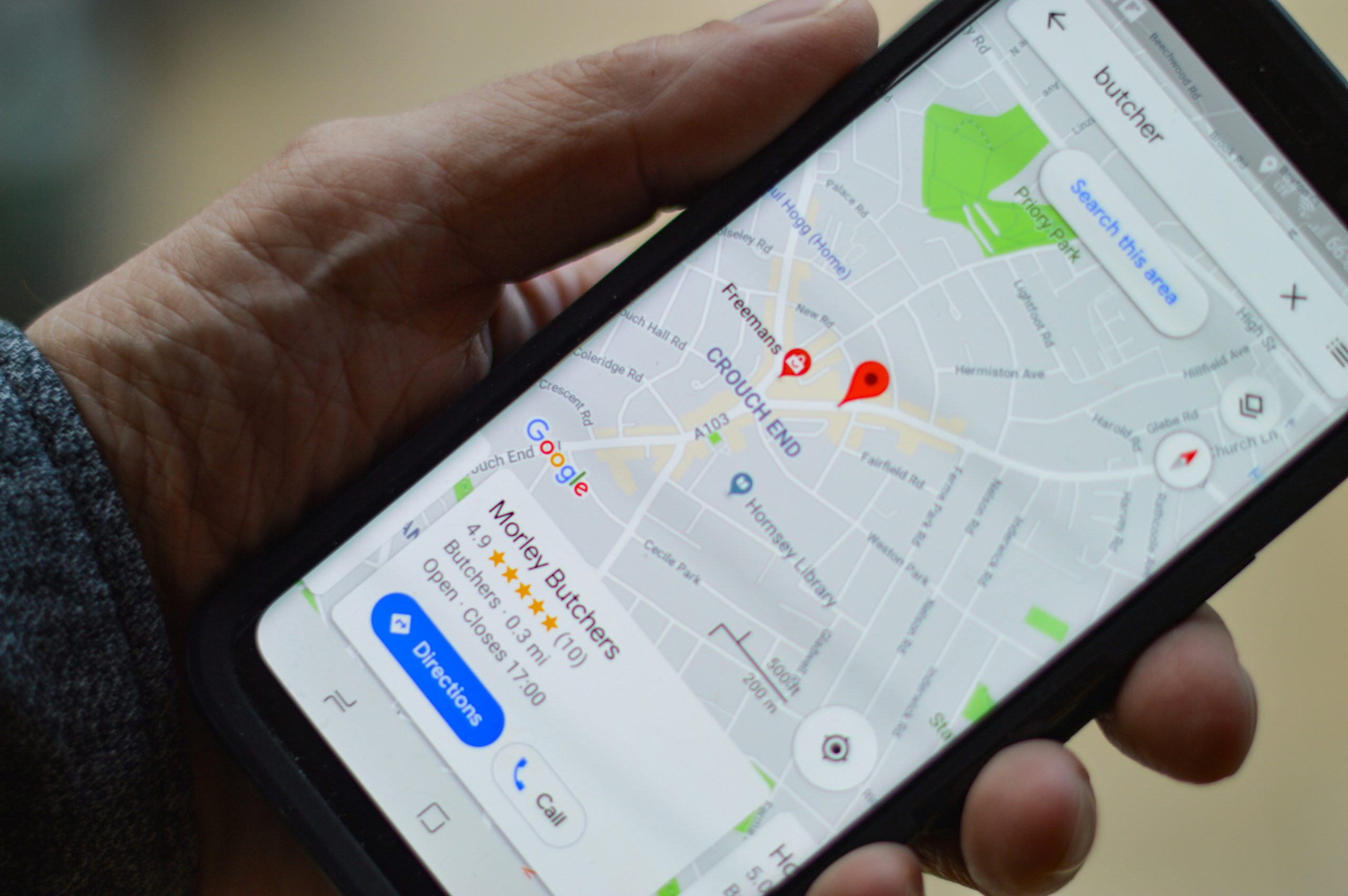
Local SEO optimizes your online presence for a specific geographical location. This ensures your business appears in search results when people look for services in your area.
For example, a well-optimized local SEO strategy for butchers in your city can significantly increase your visibility to potential clients searching for nearby meat options.
To get started with this, we recommend you start by creating or claiming your Google My Business profile. This helps you show up in local searches and on Google Maps. We’ll go into more detail about GMB for you soon. Then, use location-specific keywords in your content. For instance, include phrases like “plumber in Chicago” or “New York City florist” to target local searches.
Here are our professional tips to help you get an advantage over your competition:
- Consistency: Make sure your business name, address, and phone number (NAP) are the same across all online listings.
- Reviews: Actively manage and respond to customer reviews to maintain a positive reputation.
- Competition: Differentiate yourself from other local businesses by highlighting unique aspects of your services.
Location-based Geo Keywords
Let’s start by asking: Why are location-based keywords important?
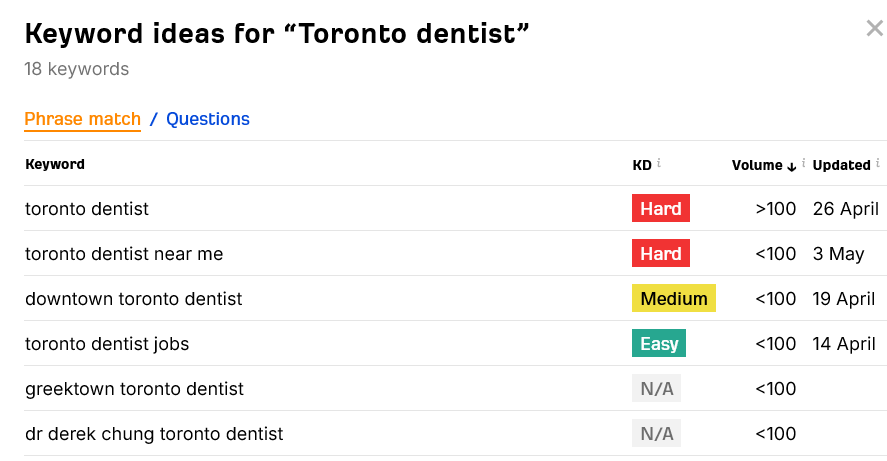
Using the right location-specific keywords is a big part of the answer. They help future customers find your business when they’re searching for services in your area. For example, “downtown Toronto dentist” or “Ottawa accountant” can bring in highly targeted traffic.
But How to Find the Right Keywords?
- Research: Use tools like Ahrefs or KWF (Mangools) to see what people in your area are searching for.
- Analyze Competitors: Check which keywords your local competitors are using.
- Optimize: Include these keywords naturally in your content, titles, and meta descriptions.
Keep in mind you shouldn’t overstuff keywords. Use them where they make sense. Also, keep track of trending searches and update your keywords accordingly.
Top Tip:
Ahrefs and KWF are the Rolls Royce of keyword research tools and our go-to here at Nomadic. They are, however, paid platforms and can have quite a learning curve to it. Consider outsourcing all your keyword research needs to us and we’ll find you the Geo keyword gems to get you ranking.
Integrating location-based content & local SEO for Google business profiles
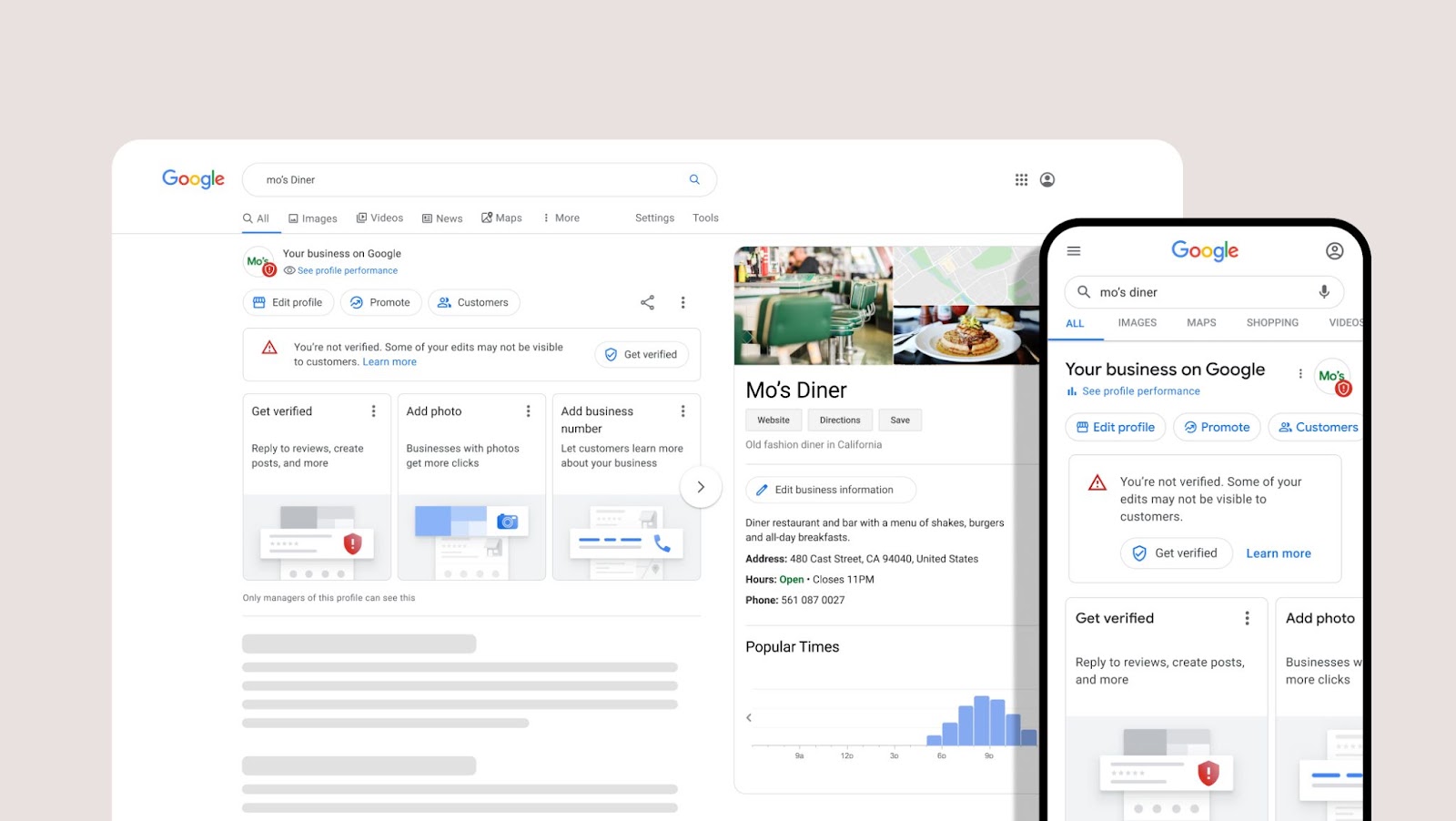
Let’s continue with our dental business example to illustrate this. Imagine you run a growing dental practice in downtown Toronto and you want locals searching for “dentist near me” to find your practice easily. Google My Business (GMB) is your online storefront, helping potential patients see your hours, location, and services at a glance. To ensure you get your desired results, you must optimize it. Here is you can do just that:
- Complete Your Profile: Ensure every detail is filled out—your hours of operation, business address, and contact information. This helps patients know exactly when and where they can visit you.
- Post Regular Updates: Keep your GMB profile active with updates about location-specific content. If you’re offering a discount on teeth whitening this month, let people know!
- Encourage Reviews: We touched on the importance of online reviews earlier but it’s worth reiterating. When it comes to your GMB, asking your happy patients to leave positive reviews can lift your local SEO from a good 7 to an unbeatable 10.
Another good practice is to create and link your location pages to your GMB profile.
Linking your location pages to Google My Business tells search engines that your dental practice is active and relevant in those areas. This increases your visibility in local searches, making it easier for people to find your practice when they need dental services.
This is how you can do it:
- Create Separate Pages: If you have multiple locations, create individual pages for each one. For example, “Dental Services in Toronto” and “Dental Services in Ottawa.”
- Link to GMB: Make sure each location page is linked to the appropriate Google My Business profile. This way, potential patients can find all the information they need for the location closest to them.
- Update Content Regularly: Keep your location pages fresh with location-specific blogs and news. Write about local events, dental health tips, or special promotions specific to each location.
Mastering Geotargeting: Enhancing Your Geographic SEO and Location-Based SEO Strategies
So, you’ve got the basics of geo-targeting down. Great! Now, let’s look at some advanced strategies to help you dominate local search results and attract prospective customers.
– Getting Location-Specific Backlinks
Think of backlinks as endorsements from other websites. When local, reputable sources link to your site, it tells search engines that your business is trustworthy and relevant in your area.
To get them, you’ll first want to get listed in local business directories relevant to your industry. We also recommend you partner with local events, sports teams, or charities. Writing articles for local blogs or news sites is also a great way to reach a broader audience and get those valuable backlinks. Another good idea is to send press releases to local media about noteworthy business updates. Ensure your website link is included for potential backlinks. And finally joining local business associations or chambers of commerce. They usually have member directories with links to your website.
– Creating Location-Specific Landing Pages
Having multiple location-specific landing pages allows you to cater directly to different areas. At Nomadic Advertising, we’ve found that this strategy works wonders. For example, we have separate pages for “SEO Toronto,” “Google Ads Toronto,” “Website Design Toronto,” and “SEO Miami.” Each page speaks directly to the needs of that location.

To do this we start by separating the pages for each service and location. This helps address the specific needs of each area. When you visit a location page, the navigation adjusts to highlight local services, boosting link equity.
– Optimizing for Zip Codes
Targeting specific zip codes lets you zero in on very precise areas, making your marketing more effective. This is perfect for pay-per-click (PPC) campaigns and geo-targeted ads.
– Implementation Tips
- Google Ads: Use zip code targeting to reach precise areas.
- Facebook Ads: Target ads based on zip codes for localized marketing.
- Email Campaigns: Segment your email list by zip codes to send more relevant offers.
– Get Reviews and Manage Them

Reviews not only influence potential customers but also play an important role in local SEO. Positive reviews build trust and improve your ranking.
How to Get and Manage Reviews?
- Encourage Reviews: Ask your satisfied customers to leave reviews on Google and other platforms.
- Respond to Reviews: Engage with both positive and negative reviews. Thank happy customers and address any issues raised by others.
- Highlight Reviews: Showcase positive reviews on your website to build trust.
Top Tip
By leveraging these advanced geo-targeting strategies, you can attract more prospective customers, build a loyal customer base, and make your marketing efforts shine.
At Nomadic Advertising, we’ve seen firsthand how these techniques help businesses thrive.
Whether you’re targeting zip codes or creating location-specific landing pages, these steps can significantly boost your local SEO performance and help you connect with your community.
Geo-targeting SEO examples
Finally, let’s look at some companies who are doing everything right when it comes to SEO Geo-targeting:
Japanese Retailer PARCO
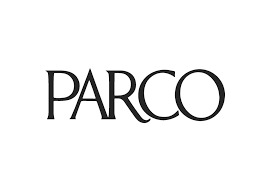
Campaign Overview
PARCO, a Japanese shopping mall chain, leveraged beacon technology and geofencing to enhance the customer experience and drive foot traffic to their stores. Their app – Pocket PARCO – sent notifications to shoppers about sales and promotions as they entered specific locations within or near the mall.
Results
- 35% increase in-store visits.
- 25% increase in purchase rates due to IoT promotions and weather-based targeting.
- 8% increase in repeat visit rate.
Takeaway
Using beacon technology and geofencing, PARCO effectively increased customer engagement and sales by providing timely, location-based promotions.
Urban Outfitters

Campaign Overview
Urban Outfitters utilized geo-targeting to send personalized push notifications to women who frequented nightclubs, promoting cocktail and party dresses. They also used location-based ads to target customers based on their travel history and habits.
Results
- Significant increase in engagement from targeted customers.
- Improved effectiveness of mobile ads and app notifications.
Takeaway
By creating bespoke ads based on customer habits and locations, Urban Outfitters successfully amplified their marketing efforts and boosted customer engagement.
Purple Mattress
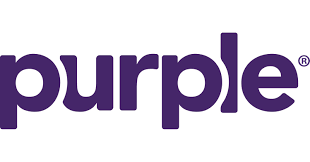
Campaign Overview
Purple Mattress, a direct-to-consumer brand, used weather-based geo-targeting for their “Sleep Cool” campaign. They targeted consumers in hot climates, like Phoenix, Arizona, with ads emphasizing the cooling features of their mattresses.
Results
- Became Purple’s best-performing campaign within 14 months.
- Expanded the campaign from Facebook and Instagram to YouTube and Google Display Network.
Takeaway
By aligning its marketing strategies with local weather conditions, Purple Mattress effectively lifted the user experience and drove higher engagement and conversions.
Van Leeuwen Ice Cream

Campaign Overview
Van Leeuwen used the geolocation feature of the PayPal app to track when customers were near their stores. They sent targeted ads and offers to these customers, encouraging them to visit and make a purchase.
Results
- Increased foot traffic to their stores.
- Higher sales are driven by location-based ads.
Takeaway
By integrating geolocation tracking with a popular mobile payment app, Van Leeuwen was able to drive more customers to their stores and boost sales through timely and relevant promotions.
Looking for geo-targeted SEO experts?
Tired of your local business getting lost in the online shuffle? At Nomadic Advertising, we’re passionate about helping local businesses like yours thrive. We’ll craft a geo-targeted SEO strategy that puts your business in front of your target audience and maximizes your online visibility.
Book a free 30-minute consultation with us, and together, we’ll make sure your company hits the bullseye.
Key Takeaways
- Frustrated being the best-kept secret in town? Geo-targeting puts you on the map, right where your customers are looking.
- Want to stand out from the crowd? Google My Business is your spotlight in local searches.
- Looking for your ideal customers? Local keywords attract the right people to your door.
- Speaking your community’s language? Location-specific pages make it personal.
- Ready to build trust? Positive reviews skyrocket your reputation and your local SEO.





